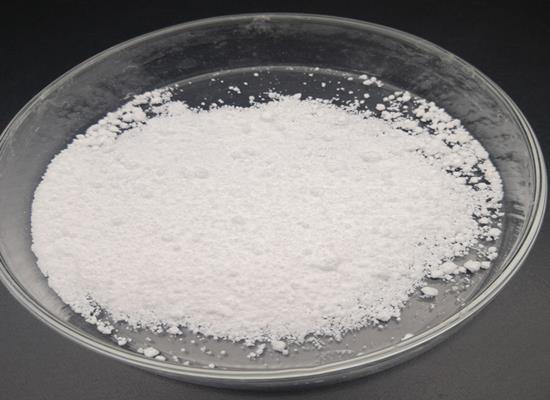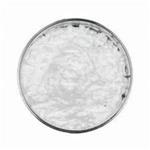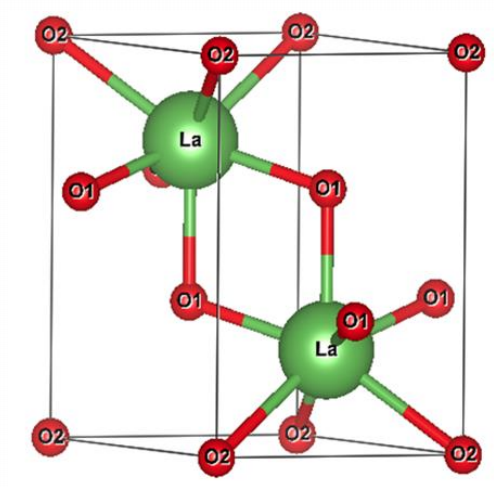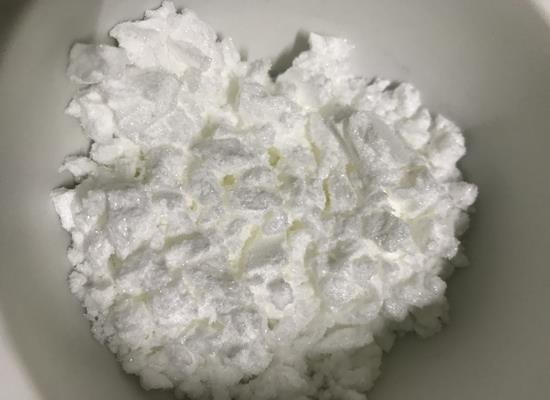Lanthanum Oxide: Biomedical Applications and Toxicity
General Description
Lanthanum oxide nanoparticles (LONP) are rare earth metal oxides whose unique properties make them suitable candidates for a variety of biomedical applications. It has been shown that LONP possesses good antibacterial and anti-inflammatory bioactivities and can be used for different bioapplications in the food and biomedical industries. The bacteriostatic inhibition rate of La2O3-IL is higher than that of La2O3 and standard diclofenac.

Figure 1. Lanthanum oxide
Biomedical Applications
Lanthanum oxide has emerged as a promising component in biomedical applications, particularly in enhancing biomaterial integration through angiogenic stimulation.
Enhanced Mechanical and Biocompatible Properties
In a lanthanum oxide nanoparticle-collagen biomatrix evaluation study, results showed that the structural integrity of collagen was not affected by cross-linking of lanthanum oxide nanoparticles with collagen biomolecules. The synthesised collagen biomatrix had higher mechanical strength, lower susceptibility to protein hydrolytic degradation and good swelling properties. Lanthanum oxide nanoparticle-enhanced collagen biomatrix showed excellent cytocompatibility, haemocompatibility and minimal ROS generation.
Promotion of Endothelial Cell Activation and Angiogenesis
In addition, lanthanum oxide nanoparticle-enhanced collagen biomatrix induces endothelial cell activation and promotes angiogenesis, which is important for the incorporation of biomaterials into host tissues. The wound healing effect of lanthanum oxide nanoparticle-stabilised collagen demonstrated that cells cultured in lanthanum oxide nanoparticle-strengthened collagen biomatrix had enhanced migration in vitro. Compared to conventional biomaterials, this dressing may facilitate the integration of the biomatrix by enhancing vascularisation in tissue regeneration applications. 1
Toxicity
The acute toxicity of lanthanum oxide nanoparticles (La2O3 NP) to two sentinel aquatic species, the freshwater microalgae Chlorella sp. and the crustacean Daphnia magna, has been demonstrated.
Toxicological Effects on Chlorella sp.
Algal growth inhibition tests confirmed that La2O3 NP did not produce toxic effects on Chlorella sp. even at higher concentrations (1000 mg L-1) after 72 h of exposure.
Impact on Daphnia magna
Similarly, no significant toxicity to Daphnia magna was observed at concentrations of 250 mg/l or less, while considerable toxicity was observed at higher concentrations (EC50 [EC50] 500 mg/l; LD50 [LD50] 1000 mg/l).
In addition, nanoscale lanthanum oxide was more toxic than micro-lanthanum oxide in cell culture systems. Nanoscale lanthanum oxide was also more toxic but less effective than micro-lanthanum oxide in rats. In conclusion, smaller lanthanum oxides were more toxic in cultured cells, and sonication reduced their size and increased their toxicity. Smaller sized lanthanum was absorbed more into the lungs and caused greater toxicity in the lungs. Lanthanum oxide-induced histopathological symptoms in the lungs did not resolve and continued to worsen until 13 weeks after initial exposure. 2
References:
[1] VINU VIJAYAN . Lanthanum oxide nanoparticle-collagen bio matrix induced endothelial cell activation for sustained angiogenic response for biomaterial integration[J]. Colloids and Surfaces B: Biointerfaces, 2022, 216. DOI:10.1016/j.colsurfb.2022.112589.[2] BALUSAMY B, TA?TAN B E, ERGEN S F, et al. Toxicity of lanthanum oxide (La2O3) nanoparticles in aquatic environments?[J]. Environmental Science: Processes & Impacts, 2015, 7: Page 1193 to 1350. DOI:10.1039/C5EM00035A.
Related articles And Qustion
See also
Lastest Price from Lanthanum oxide manufacturers

US $6.00/kg2025-04-21
- CAS:
- 1312-81-8
- Min. Order:
- 1kg
- Purity:
- 99%
- Supply Ability:
- 2000KG/Month

US $30.00-10.00/KG2025-04-15
- CAS:
- 1312-81-8
- Min. Order:
- 50KG
- Purity:
- 99%
- Supply Ability:
- 500000kg



